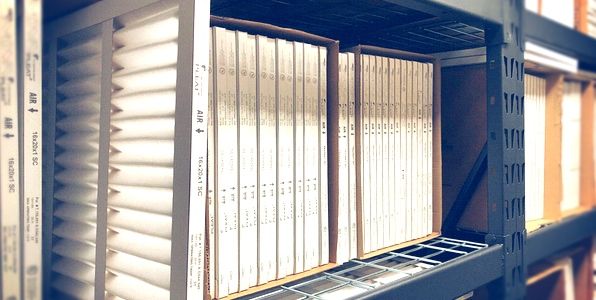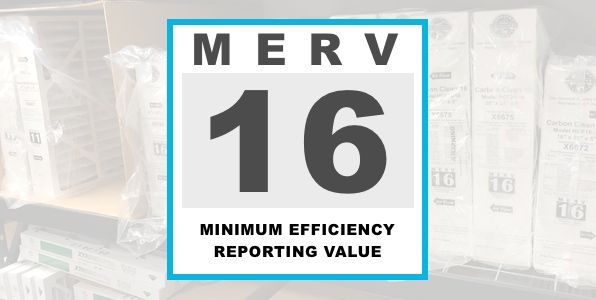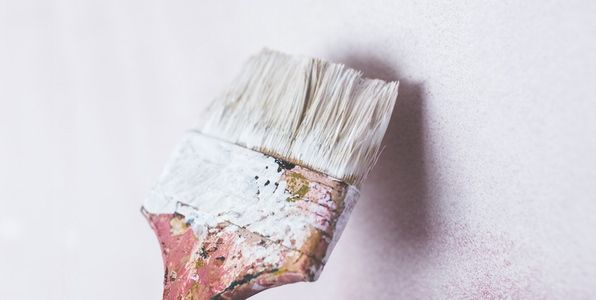Indoor Air Quality, Filtration and Add-ons
Quicklinks to other articles in this series:
What Are Filtration and Indoor Air Quality?
The filtration in your comfort system refers to the air filter. Filters have porous membranes to trap pollutants and particulate matter, such as pet dander, mold, smoke, dust, and bacteria.
Indoor air quality refers to the air quality within a building or structure; poor IAQ is closely related to health effects. Low indoor air quality has been strongly connected with headaches, dizziness, fatigue, nasal irritation, and effecting asthma.
Where Is the Air Filter Located?
Usually, the air filter will be located in the return duct. Many return ducts are placed in attics, basements, crawlspaces, or garages. In some commercial spaces, they might be on a wall, on the ceiling, or in a utility closet. Some HVAC systems have return ducts in every room, which means you might find multiple air filters.
How Does the Filter Work?
When an HVAC system works properly, it filters out any harmful pollutants from the outdoor air. Proper filtration requires consistent maintenance and check-ups. On the contrary, lack of maintenance leads to pollutants like mold, mildew and bacteria becoming trapped in ducting and other components.
What Makes Filtration and Indoor Air Quality Important?
The Environmental Protection Agency suggests that indoor air can be, at a minimum, anywhere from 2 to 5 times more polluted than outdoor air. And indoor air quality is a top-5 environmental threat to public health. Furthermore, the American College of Allergy, Asthma & Immunology reports that half of all illnesses are caused or aggravated by low IAQ. Illnesses related to poor IAQ cost the U.S. economy $168 billion every year.
Beyond your use of proper filtration, a professional can help you improve indoor air quality by moving returns or ductwork. Humidity control is also essential; annual maintenance should include inspecting drain lines for sediment and other clogs that promote the growth of mold and mildew.
Different Types of Filters and Add-Ons
Fiberglass filters are disposable and inexpensive. They protect your HVAC system, but they don’t offer the best filtration available. Some low-end filters are washable and reusable, but the installation of a still-damp filter can lead to mold and mildew. Pleated filters are an affordable option that increase filtration efficiency, and they have the added bonus of quieting fan noise.
The best filters are High-Efficiency Particulate Air (HEPA) filters, which force air through a very fine mesh. While HEPA filters trap most airborne particulate matter, due to size and airflow restrictions, they can require modifications from an HVAC professional.
Add-ons to consider include smart thermostats, which allow you to control your entire system with the push of a button via your mobile device. There are also zoning systems, which use dampers to cool or heat individual rooms only when they are needed.
Ventilators remove bad air and pull fresh air into a home at the same time. They also use heat-exchange technology to keep your home from losing its cooling or heating during this process. Humidifiers and dehumidifiers are classic methods to boost the fresh feeling of a home or office. Your personal comfort isn’t the only benefit of a humidifier or dehumidifier—your wooden products and electronics will benefit as well.
Maintenance and Repairs
Cleaning or replacing an HVAC filter is one of the most important tasks any homeowner or business owner can perform to keep an HVAC system running efficiently; luckily, it’s also quite easy and one that most people can perform themselves.
Be sure you purchase an air filter with a Minimum Efficiency Reporting Value (MERV) rating appropriate for your system; otherwise, you risk air leakage, increased energy use, or even a frozen coil. Filters with MERV ratings between 1 and 4 capture large debris, like pet hair, but they do not greatly improve indoor air quality. Those with MERV ratings between 5 and 12 capture mold spores, pollen, auto emission, and other smaller particles. Filters with MERV ratings 13 or greater, such as HEPA filters, trap cigarette smoke and most bacteria.
Consistent, proactive maintenance plans from HVAC professionals include inspection and cleaning of ducting, evaporator coils, lines, condenser coils, and vents, all of which promote high indoor air quality. You can further improve IAQ by installing ultraviolet lights that destroy mold, bacteria, and viruses. New products are released to the market every year designed to monitor and improve your indoor air quality.









